2011 Subaru Forester Review
It was one of the first, part of a triumvirate in fact, of small, Japanese car-based ‘crossover’ utilities that hit North American shores in the mid-1990s. But the Subaru Forester stood out, not only in being the most car-like, but also in providing the best utility and traction on slippery surfaces.
FAST FACTS
| 1. For 2011 the Forester is the first model to get Subaru’s new 2.5-liter boxer engine that has the same displacement, with slightly more power at 174-hp and equal torque at 170 ft-lbs. In both cases, power is available at a lower rpm. |
| 2. Turbocharged 2.5-liter engine is a carryover from last year and rated at 224-hp and 226 ft-lbs of torque. |
| 3. Fuel economy is improved slightly to 21/27-mpg (city/hwy) regardless of transmission. |
| 4. Subaru’s symmetrical all-wheel drive system is always on, unlike AWD setups on competitor vehicles that only engage the rear wheels once a slip is detected. |
| 5. The 2.5X Premium trim now gets an optional, removable TomTom Navigation System. |
It proved to be quite the hit and generated a loyal fan base as well as a financial shot in the arm for the quirky Japanese brand.
The Forester was updated for 2003, later adding a sporty XT version with a turbocharged 2.5-liter boxer engine; that proved to be a surprising sleeper of a performance vehicle, able to embarrass a number of ‘bona fide’ sporty cars. However, it was still a niche vehicle and its original competitors, the Toyota RAV4 and Honda CR-V, despite offering less utility, character and performance, continued to outsell it.
For 2009, the Forester was extensively re-designed, emerging as a more mainstream and lower priced offering. It proved a good move for Subaru, this third generation model more than doubling sales in the first year, but commercial success came at a price – it was far less distinctive than it’s predecessor.
But for the revamped sheetmetal, updated chassis, enhanced fully-independent suspension and symmetrical all-wheel drive system, engines were largely carried over – the 2009-10 Forester being powered by a variation of the same 2.5-liter horizontally opposed four cylinder found in the Impreza and Legacy. However, to give Subaru credit, unlike many smaller crossovers with AWD, both manual and automatic transmissions were available.
THIRD GENERATION BOXER ENGINE
Now into its third year, the current Forester is due for some updates, the biggest one being a new engine in normally aspirated X models. True to form, it’s a horizontally opposed ‘boxer’ unit, heck it’s even sized at 2.5-liters, but beyond that, there’s little in common with the EJ25 of old. It’s actually of slightly larger actual displacement (2498 cc, versus 2457), but sports a smaller bore and a longer stroke. According to Subaru engineers, this was primarily done to improve torque delivery at slightly lower rpm – the new engine is rated at 174 ft-lbs at 4100 rpm (versus 170 at 4800 rpm on the old motor).
Maximum horsepower remains at 170, though it’s now delivered at lower rpm as well (5800 revs, versus 6000). Other features include new dual overhead cam heads (the previous normally aspirated boxer had just a single camshaft on each), plus timing chains instead of belts for reduced maintenance. Subaru’s active valve control is also employed on the intake cams and a new intake manifold is designed to improve airflow and aid torque delivery.
RELATED READING
LOVE IT
- Subaru claims that fuel economy is improved slightly – the new normally aspirated engine is rated at 21/27 mpg (city/highway) versus last year’s 20/27-mpg rating with the manual and 20/26-mpg rating with the automatic. In reality, the difference is barely noticeable, especially when driving in cold weather, not helped by that four-speed automatic. It’s one significant area where the Forester falls short of other competitors we’ve tested, including the CR-V and RAV4; which have posted equal or better mileage under similar test conditions.
- The difference between the Subie and its rivals isn’t a big as the numbers would at first suggest, however, with the 31-mpg stats from the likes of Hyundai and GM only for front-drive models, while the Forester is AWD only.
- GOOD HANDLING AND GRIP
- In terms of overall dynamics, the Forester is one of the more lively compact crossovers, the steering is fairly linear and the little trucklet boasts good turn in. The all-independent suspension and chassis work well together, delivering a good blend of capable handling and decent ride comfort, even on bumpy roads. Grip is most definitely a strength of this vehicle – over heavily snow covered roads and a few trails we encountered, the Subie never got stuck, in contrast with Honda’s CR-V which has an AWD system that borders on hopeless.
- Ground clearance (at 8.9 inches) is also surprisingly good for a crossover, enough to clear most ditches on mild off-road trails, though the Forester remains most content on tarmac and loose gravel roads. Braking is good too, the vented front and solid rear discs work well and even under slippery conditions, the electronic brake distribution and ABS system is one of the more effective we’ve encountered on small crossovers, not overtly aggressive, but active enough to prevent serious sliding under panic stops.
- In terms of other changes for 2011, Subaru has reshuffled trim levels. The base 2.5 normally aspirated X remains, priced at $20,495, along with the $23,195 Premium and $26,495 Limited, but a new Touring model slots in above the Limited as the top of the line offering, priced at $27,995 (or an additional two grand more with the turbocharged 2.5 engine, which is carried over from last year).
- Standard features on the Touring include HID headlights with automatic low beam adjustment, dual zone automatic climate control, rear back up camera and dash mounted screen, electroluminescent gauges, outside mirrors with integrated turn signals and silver roof rails. (XT models are also available as $26,995 Premium package rigs).
- Other new features for 2011, include standard Bluetooth wireless communication on all Foresters bar the base 2.5X, an upgraded audio system for Premium package equipped models with six speakers, audio streaming, iPod compatibility and USB port among other things, an optional (and removable) TomTom navigation system on 2.5X Premium models with a 4.3-inch screen, and an automatic up/down driver’s side window as standard on all but the base 2.5X.
- On the outside a new 17-inch wheel is fitted to the Premium package Forester, while the hot rod XT gets a new body colored rear roof spoiler.
- In terms of overall fit and finish, the Forester is decent, with sound cabin ergonomics, though the base interior with its AM/FM stereo looks somewhat antiquated, especially compared with competitors like the Chevy Equinox and Hyundai Tucson.
- THE VERDICT
- Subaru has done rather well with the current generation Forester, even though its launch coincided with one of the worst recessions in recent memory. For 2011, the addition of a new engine on the X model, results in a vehicle that’s just that bit more civilized and useable in every day driving. And while it might not win any awards in the fuel economy category, the combination of standard symmetrical all-wheel drive, a good chassis and surprising amount of cargo space (69 cubic feet with the seats stowed), make it an attractive proposition, especially in view of the price.
- Engine configuration
- Exhaust note
- Good balance and handling
LEAVE IT
- More non-descript than ever
- Fuel economy
- Dated looking interior
More by Huw Evans


















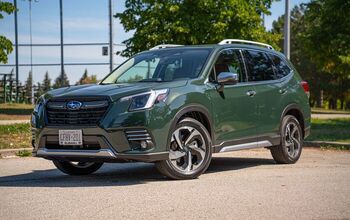

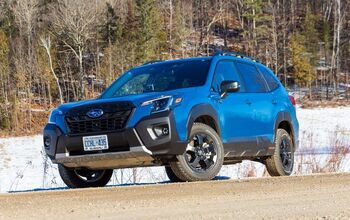

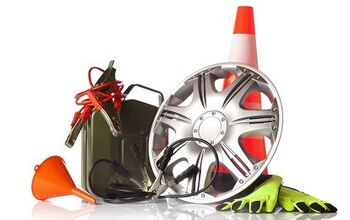

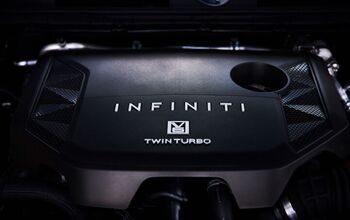
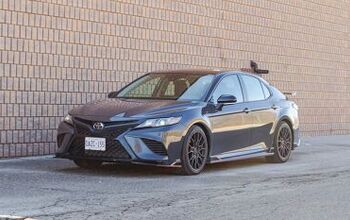
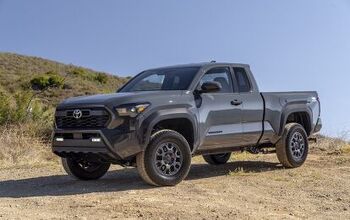
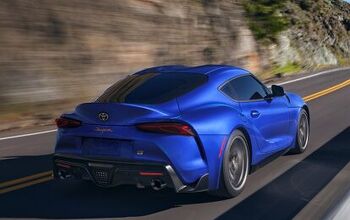
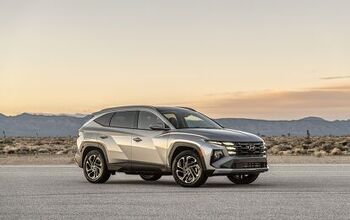

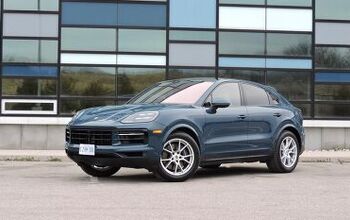
Comments
Join the conversation